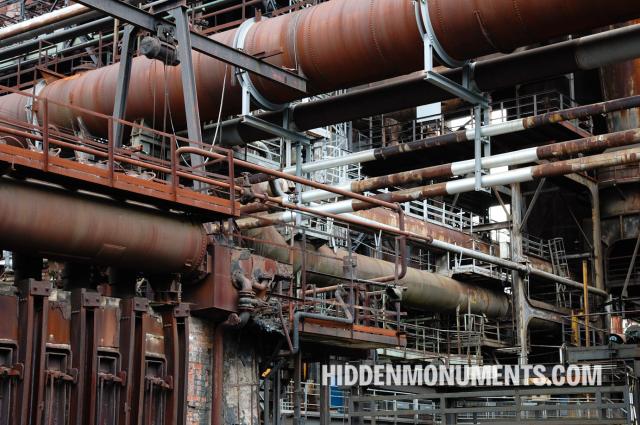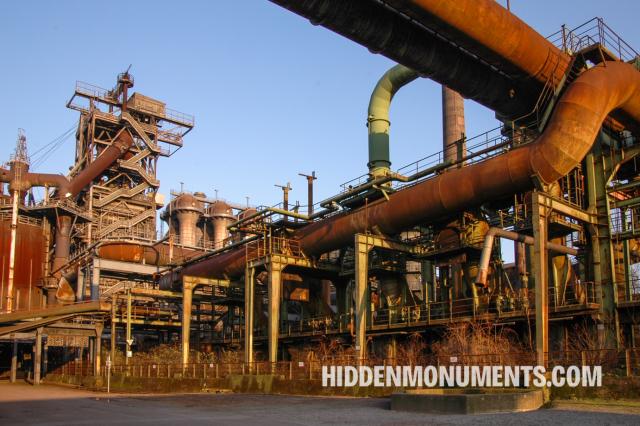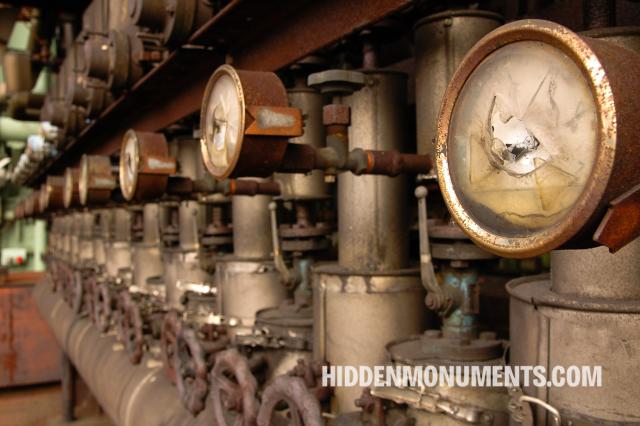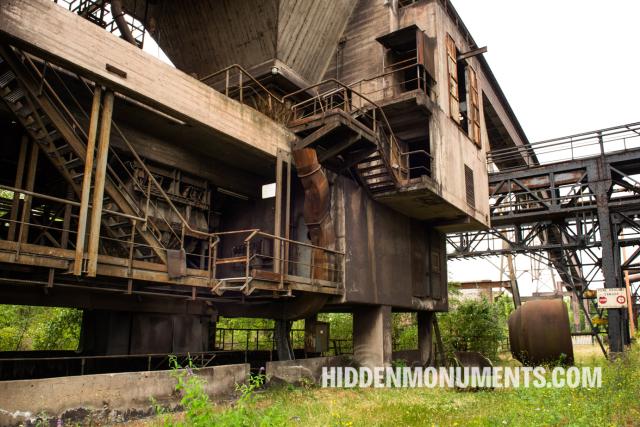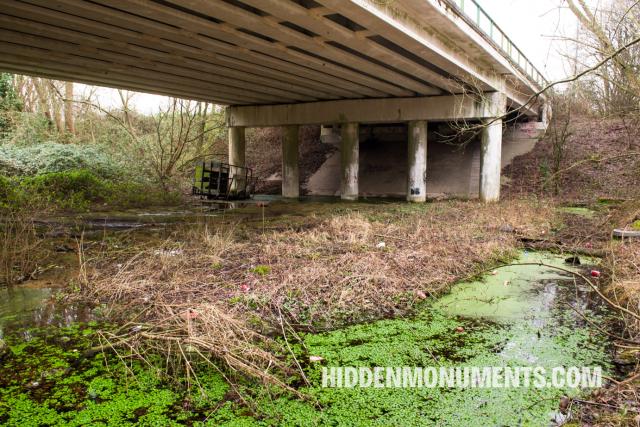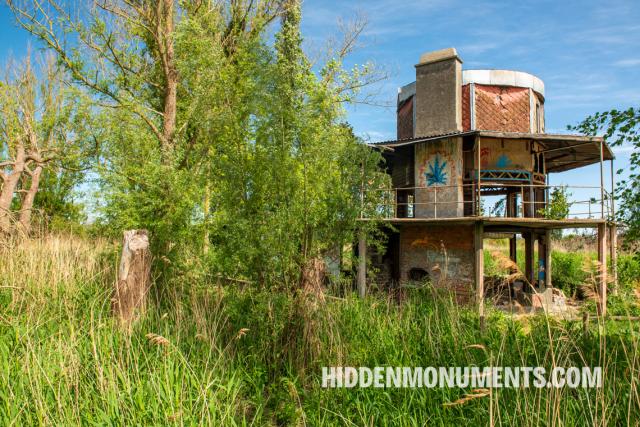In the early nineteenth century, the industrial revolution swept across continental Europe and one steelworks after another rose from the ground. Europe had hundreds of blast furnaces, but since the mid-twentieth century, Europe's steel industry has been slowly going downhill.

The steel and coal industry shifted eastwards from the mid-twentieth century onwards. Today, this trend is reinforced by Chinese over-subsidisation of its own steel industry and emission rights that European manufacturers have to cough up for their CO2 emissions, pricing them out of the market.
Many steel mills merged or simply closed their doors. After their closure, most were demolished, however, a few were fortunately preserved for future generations. We visit six steelworks that were given a second life and whose blast furnace survived.
Germany
In Germany, both the industrial Ruhr region and the Saarland offer several examples of the imaginative redevelopment of steelworks. The Völklinger Hütte steelworks in Saarland, Germany, made it to the Unesco World Heritage List in 1994. This region is also home to a relic of the Stumm family's steel dynasty.
In the Ruhr region, you can climb the blast furnaces of the Landschaftspark Duisburg Nord and the Henrichshütte in Hattingen.
France and Luxembourg
France created a park around blast furnace U4 in Uckange. A stone's throw away, in Esch-sur-Alzette in Luxembourg, the blast furnaces of Belval have been integrated into a new university complex.
